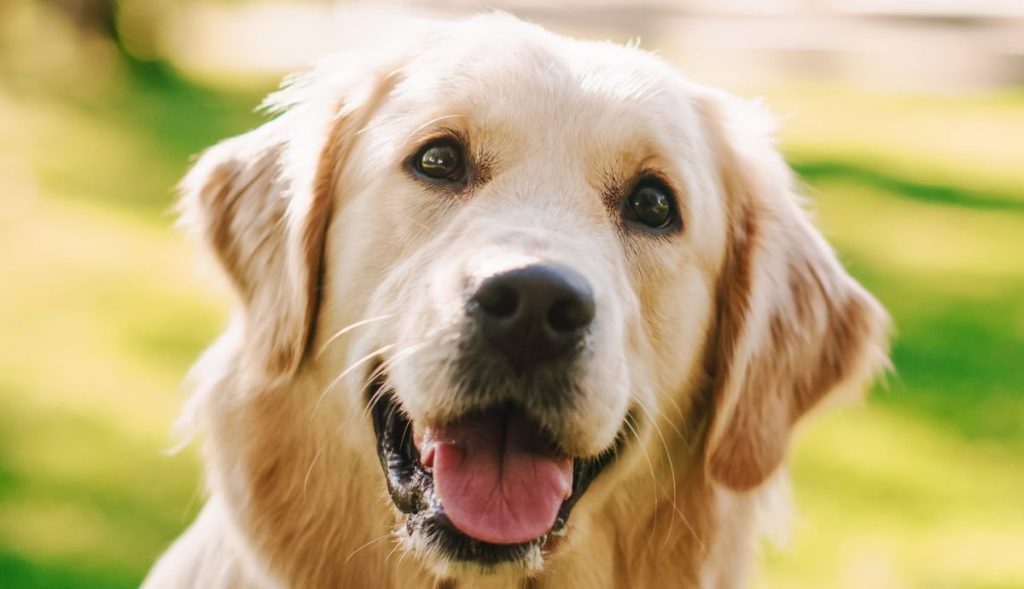The Golden Retriever is a medium-sized retrieving breed from Scotland known for their gentle nature and silky golden coat. The Golden’s affectionate and playful temperament makes them great family pets for individuals and households. They are also highly intelligent and empathic and often excel in roles as service dogs or therapy dogs. It’s no surprise that the Golden Retriever is among the…

